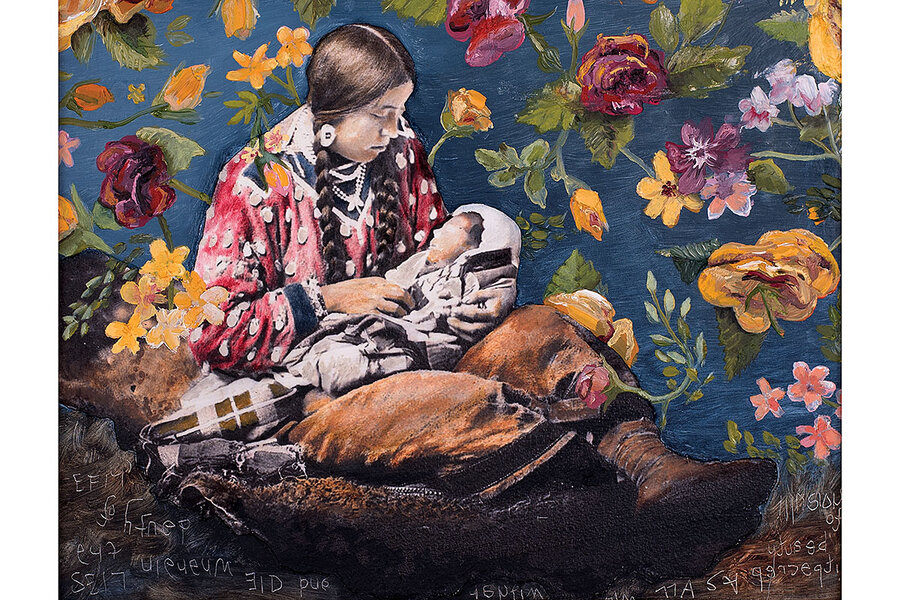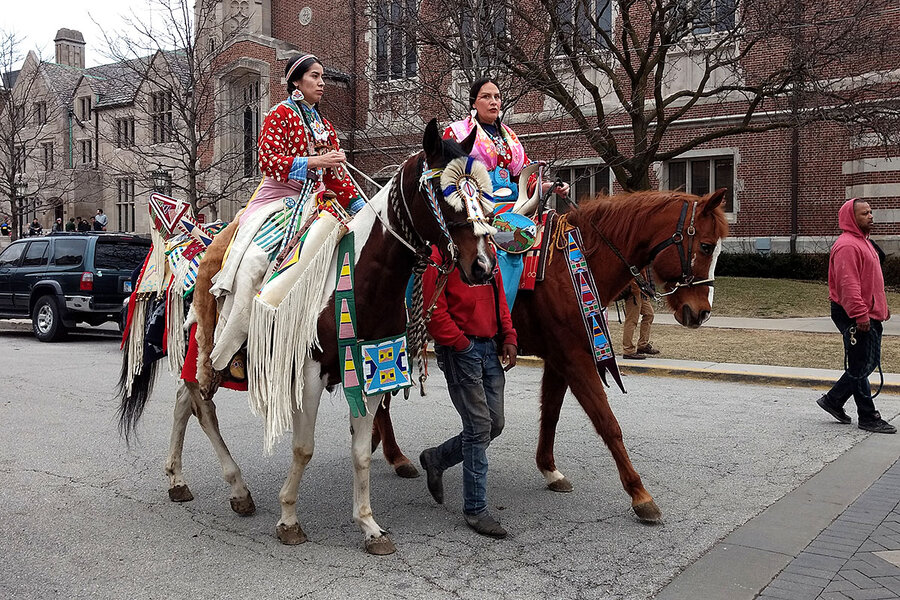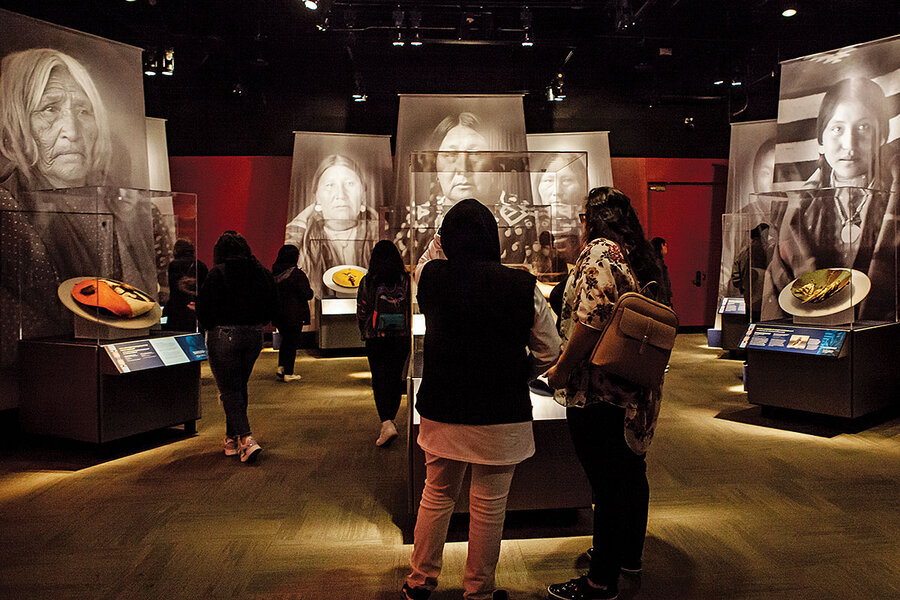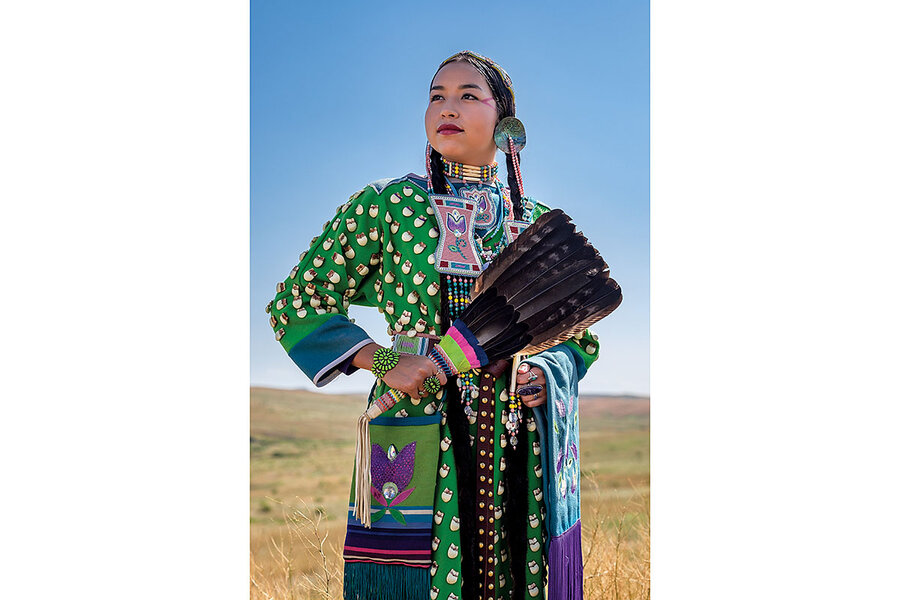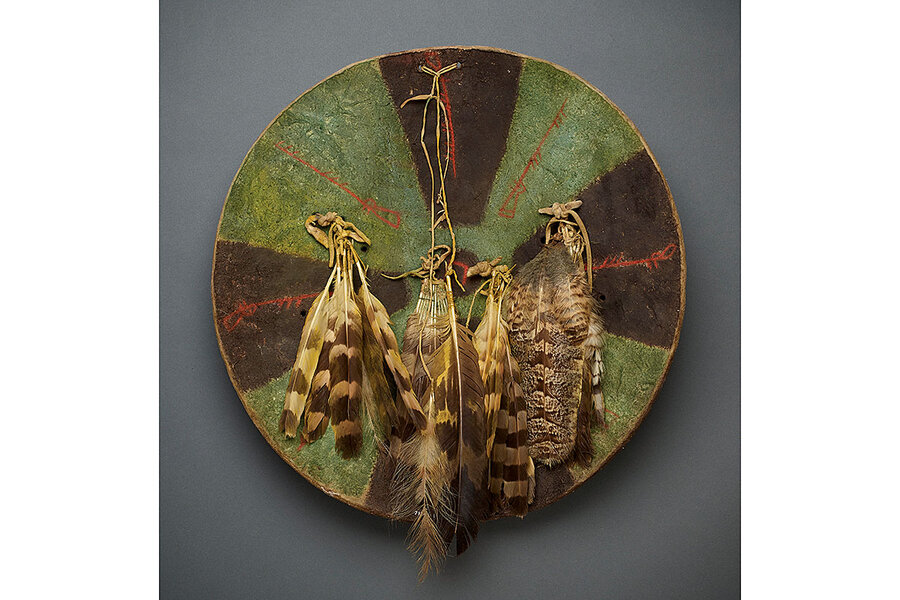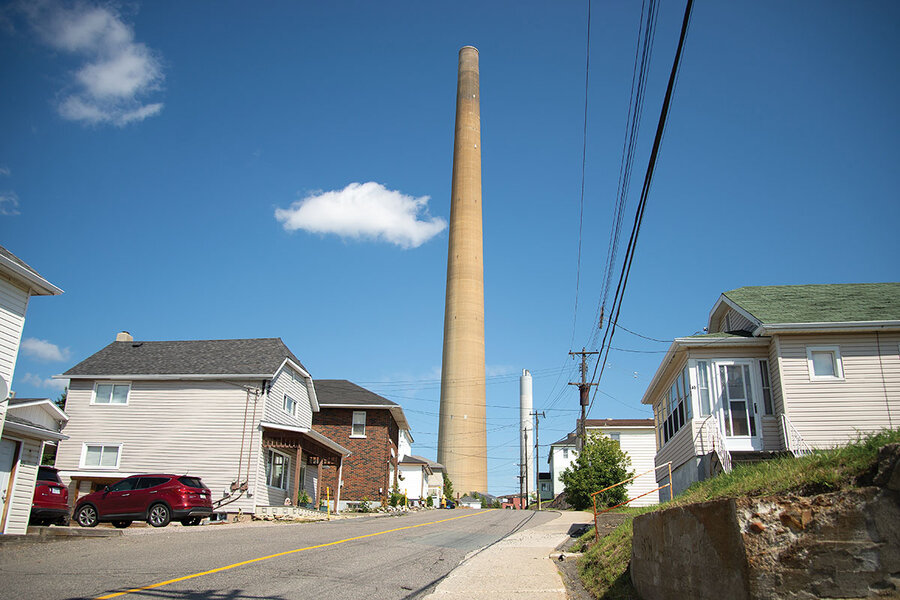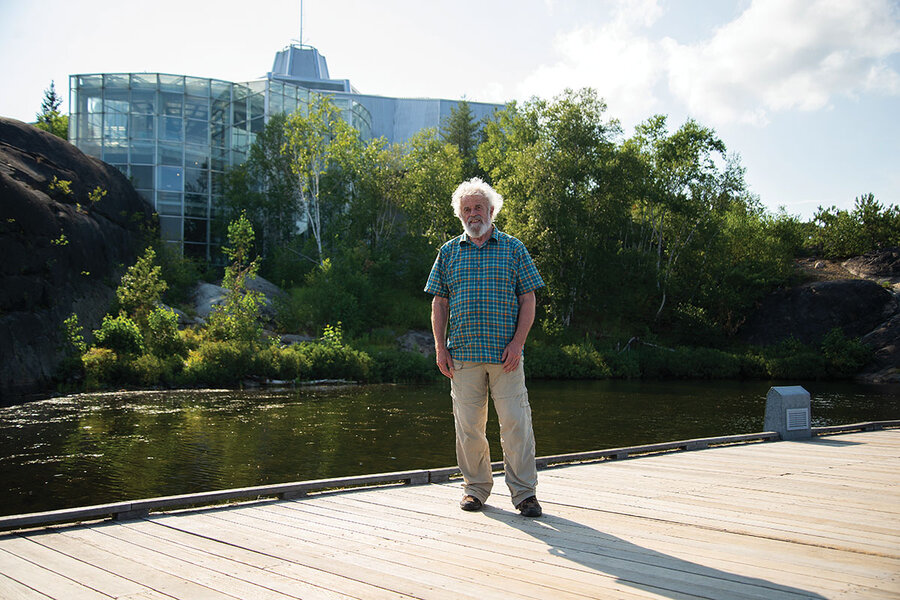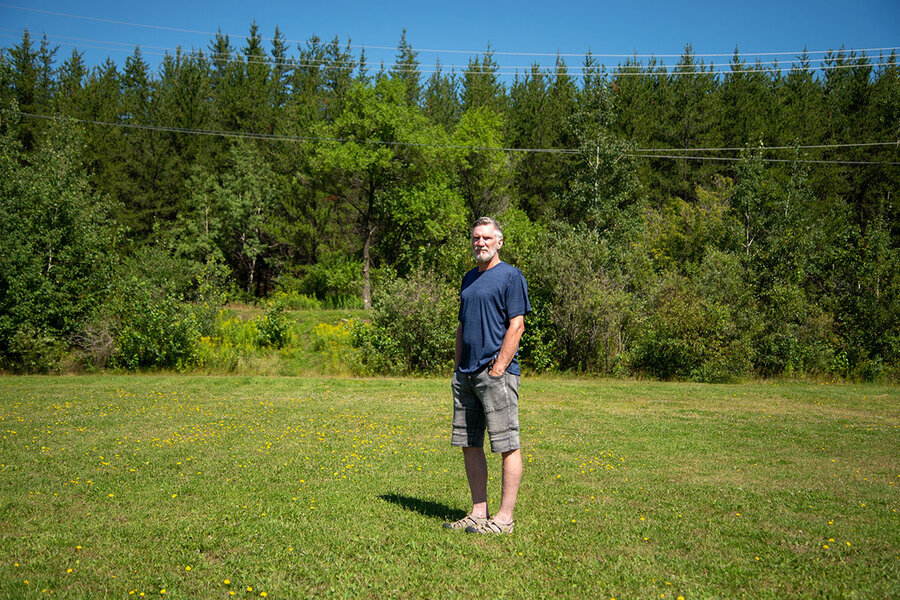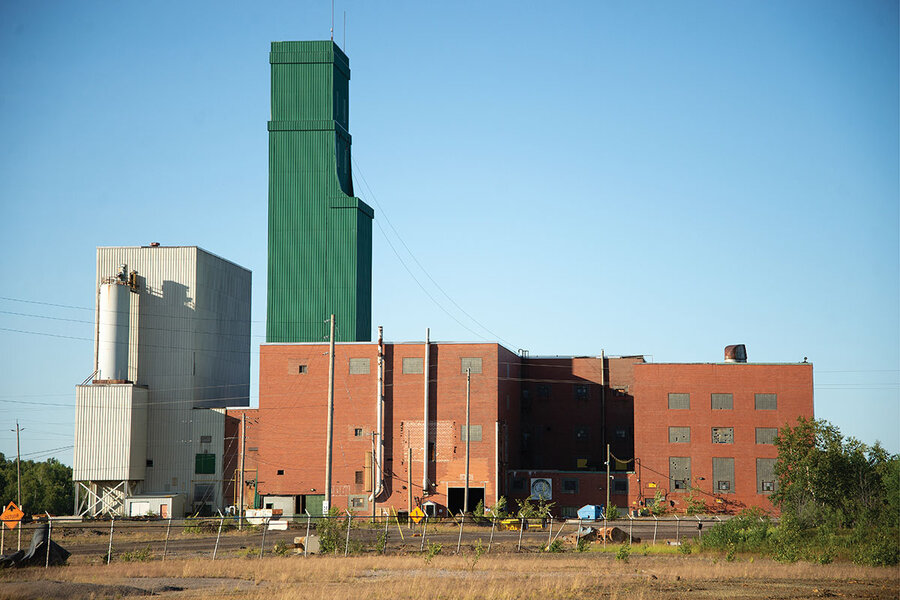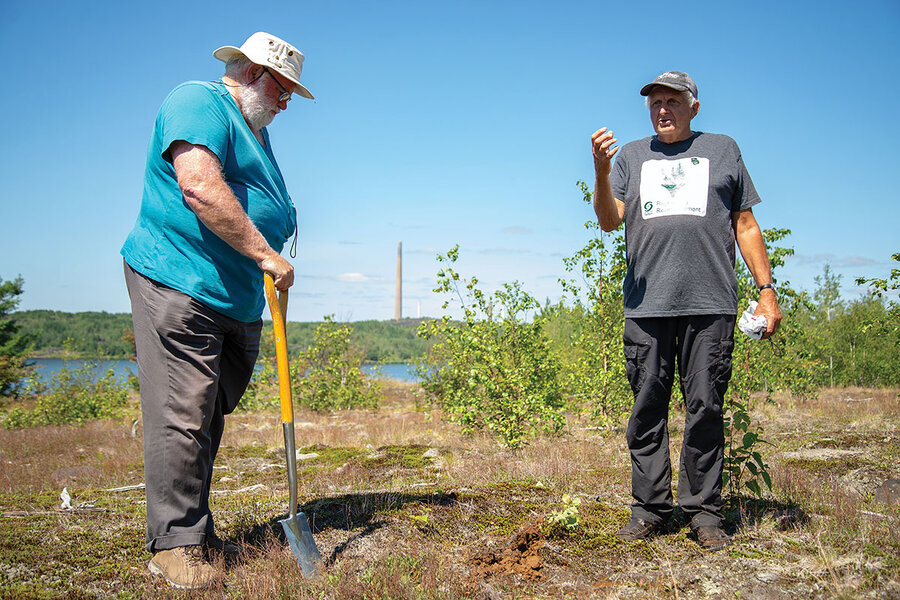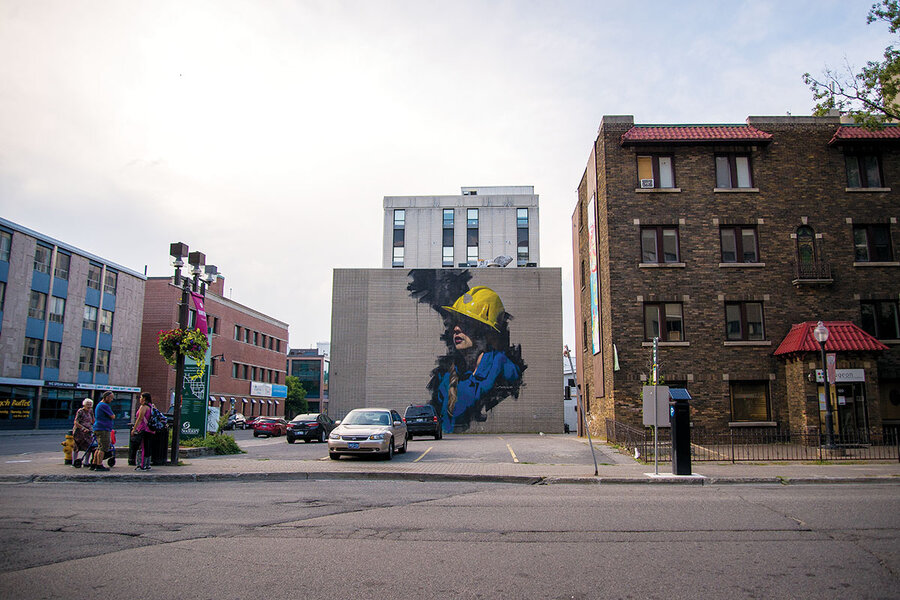Financial Post Staff , Bloomberg News

© Provided by Financial Post Amazon jobs will include software development, designers, cloud computing and sales and marketing executives.
Video player from: YouTube (Privacy Policy, Terms)
Amazon has announced plans to create 3,500 corporate and tech jobs in its Canadian technology hubs Vancouver and Toronto.
The lion’s share of jobs, which include software development, designers, cloud computing and sales and marketing executives, will be in Vancouver. Amazon says to make room for 3,000 new workers it will expand its location at The Post in downtown Vancouver, leasing 18 floors in the north tower and 17 floors in the south tower, as the sole corporate tenant.
“Amazon’s investment has tangible benefits for the broader economy and community – from the people we employ, to the small businesses we empower, to the charities we support, to the academic opportunities we fund. We’re proud to reaffirm our commitment to Canadian cities at this critical time,” Jesse Dougherty, Amazon VP and Vancouver site lead, said in a statement.
Video player from: YouTube (Privacy Policy, Terms)
Amazon has announced plans to create 3,500 corporate and tech jobs in its Canadian technology hubs Vancouver and Toronto.
The lion’s share of jobs, which include software development, designers, cloud computing and sales and marketing executives, will be in Vancouver. Amazon says to make room for 3,000 new workers it will expand its location at The Post in downtown Vancouver, leasing 18 floors in the north tower and 17 floors in the south tower, as the sole corporate tenant.
“Amazon’s investment has tangible benefits for the broader economy and community – from the people we employ, to the small businesses we empower, to the charities we support, to the academic opportunities we fund. We’re proud to reaffirm our commitment to Canadian cities at this critical time,” Jesse Dougherty, Amazon VP and Vancouver site lead, said in a statement.
A weak loonie, lower wages and a steady flow of graduates make Canada an attractive place to expand for tech companies whose largest expense is labour.
The average wage of a software developer in Vancouver last year was US$92,726, compared to US$141,785 in San Francisco or US$128,067 in Amazon’s hometown of Seattle, according to a July report by real estate firm CBRE Group Inc. Once rental costs are folded in, the cost of running a 500-employee operation in the Canadian city is half that of a similar-sized operation in the Bay Area, it found.
Vancouver also had the fastest-growing tech labour pool of 50 markets surveyed in the U.S. and Canada by CBRE, while the quality of its talent based on academic degrees and work experience ranked among the top 10, the study found.
The expansion positions the company to become one of the city’s biggest employers: Vancouver-based telecommunications giant Telus Corp. has about 8,000 staff in the province, according to Business In Vancouver.
With files from Natalie Obiko Pearson, Bloomberg







